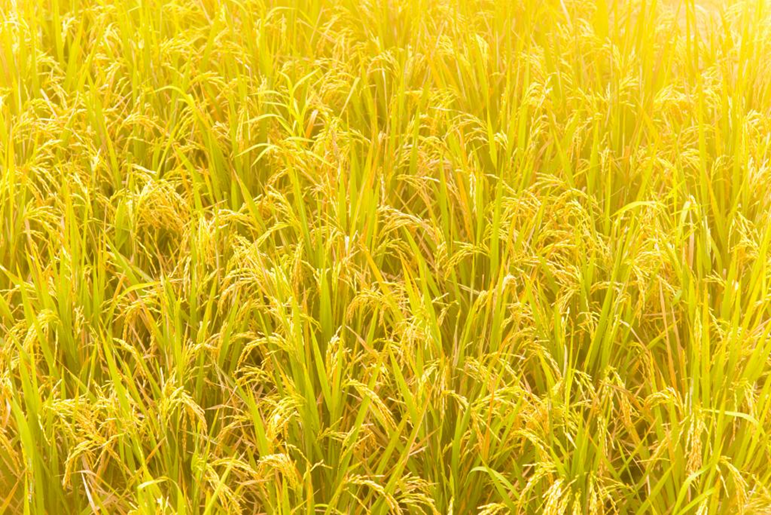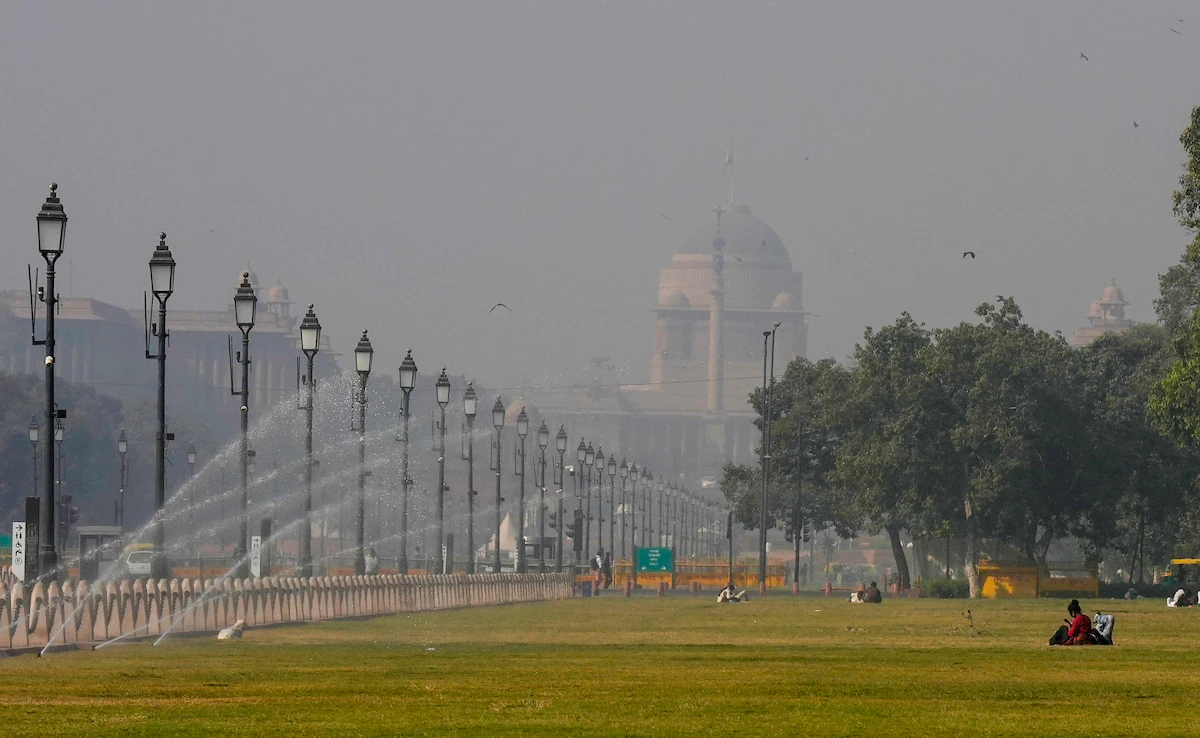- Courses
- GS Full Course 1 Year
- GS Full Course 2 Year
- GS Full Course 3 Year
- GS Full Course Till Selection
- Answer Alpha: Mains 2025 Mentorship
- MEP (Mains Enrichment Programme) Data, Facts
- Essay Target – 150+ Marks
- Online Program
- GS Recorded Course
- NCERT- First Ladder
- Polity
- Geography
- Economy
- Ancient, Medieval and Art & Culture AMAC
- Modern India, Post Independence & World History
- Environment
- Governance
- Science & Technology
- International Relations and Internal Security
- Disaster Management
- Ethics
- Current Affairs
- Indian Society and Social Issue
- CSAT
- 5 LAYERED ARJUNA Mentorship
- Public Administration Optional
- ABOUT US
- OUR TOPPERS
- TEST SERIES
- FREE STUDY MATERIAL
- VIDEOS
- CONTACT US
Golden Rice: A Nutritious Advancement
Golden Rice: A Nutritious Advancement
01-06-2024

Golden Rice has recently gained attention due to a court decision in the Philippines revoking biosafety permits for its commercial propagation. This article provides an overview of Golden Rice, its development, and its potential impact on addressing Vitamin A deficiency (VAD).
About Golden Rice:
-
Beta-Carotene Content:
- Golden Rice is a genetically modified rice variety that contains beta-carotene (provitamin A), which gives it a distinctive yellow-orange or golden color.
- This beta-carotene is identical to that found in green leafy vegetables, yellow-colored fruits, and many vitamin supplements.
-
Genetic Engineering:
- Golden Rice is developed through genetic engineering, where two new enzymes are introduced to produce beta-carotene in the grain.
-
Improved Nutritional Value:
- Unlike ordinary rice, which lacks beta-carotene in the grain, Golden Rice offers enhanced nutritional value.
- It is a minor tweak that significantly improves the grain's nutritive content.
-
Cultivation and Yield:
- Golden Rice does not require special cultivation practices and generally has the same yield and agronomic performance as ordinary rice.
-
Potential Impact on VAD:
- VAD is a prevalent micronutrient deficiency that weakens the body's immune system, causes blindness, and can be fatal if left untreated.
- Golden Rice, with its beta-carotene content, is a promising tool in the battle against VAD.
Genetic Engineering Overview:
Genetic engineering involves the direct manipulation of an organism's genome using advanced DNA technology. It encompasses the introduction, deletion, or modification of genes within the DNA to produce desired traits.



